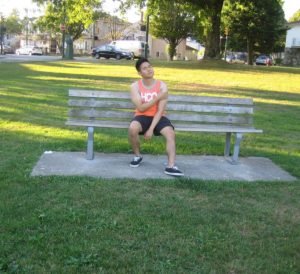Pityriasis rosea is an inflammatory skin condition that peaks during adolescence and young adulthood. It usually starts as a large-sized, pinkish rash on the back or chest which is called the “herald patch”.
In 1-2 weeks, several smaller-sized, faint pink rashes arise on the arms, trunk, legs and neck, but rarely the face. The condition is often confused with ringworm. The exact cause of pityriasis rosea is often unknown. You can identify the condition by assessing the back or chest for the characteristic Christmas-tree shaped pattern of the oval, flat lesions.

What are the indications?
Large-sized, pink patches usually develop on the torso that is followed by the following:
- Mild itchiness
- Several smaller rashes
- Mild fatigue
Management
Pityriasis rosea is not transmittable and not considered as a threat. The condition typically runs its course within 3-9 weeks. In most cases, it is expected for new spots to erupt during that period.
Until the rashes settle and vanish without any scars, the doctor will focus on controlling the symptoms. The treatment includes antihistamines or lotions that are prescribed to alleviate the itchiness. In some cases, being exposed to sunlight or ultraviolet light therapies are oftentimes recommended to speed up the resolution of the rashes.
Young children who have symptomatic pityriasis rosea should avoid engaging in strenuous physical activity that can worsen the current rashes. It is also recommended to bath in lukewarm water.
